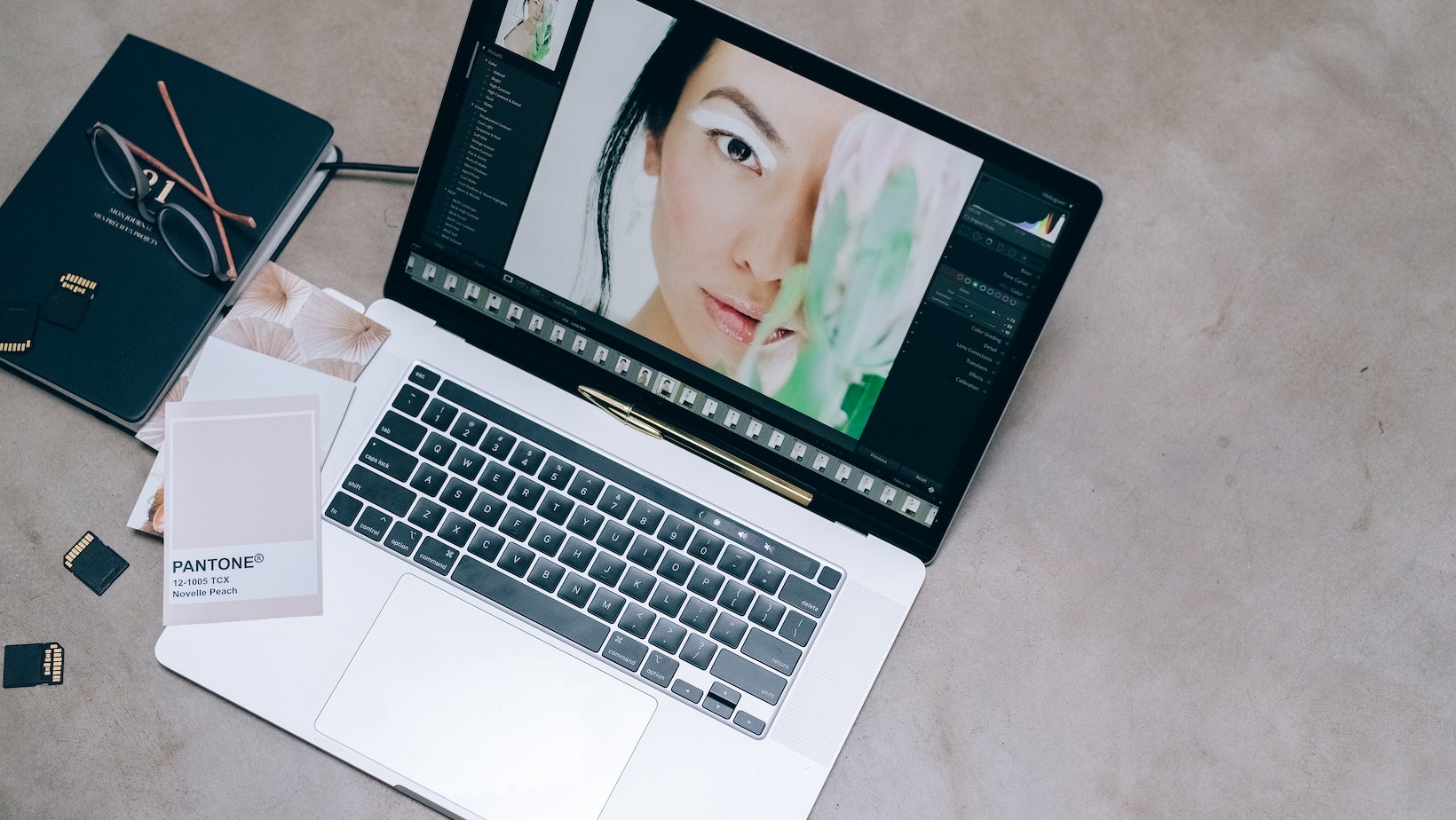Table of Contents
ToggleHow To Group In Illustrator
If you’re looking to learn how to group objects in Illustrator, you’ve come to the right place. Grouping allows you to combine multiple elements into a single unit, making it easier to manage and edit your artwork. Whether you’re working on a complex illustration or a simple logo design, grouping can help keep your project organized and efficient.
To group objects in Illustrator, start by selecting the elements you want to group. You can do this by clicking and dragging over them with the Selection tool or holding down Shift while clicking each object individually. Once they’re selected, right-click and choose “Group” from the context menu, or simply press Ctrl+G (Windows) or Command+G (Mac). Voila! Your objects are now grouped together.
But grouping doesn’t stop there. Illustrator also offers options for ungrouping, releasing clipping masks within groups, and even isolating specific elements within a group for further editing. Knowing these additional techniques will give you more control over your artwork and allow you to make precise adjustments when needed.
So whether you’re a seasoned Illustrator user or just starting out, mastering the art of grouping is an essential skill that will streamline your workflow and enhance your creative possibilities. In the following sections, I’ll provide step-by-step instructions on how to perform various grouping tasks in Adobe Illustrator. Let’s dive in!

Grouping Objects in Illustrator
When it comes to working with multiple objects in Adobe Illustrator, one of the most useful features is the ability to group them together. Grouping objects allows you to treat them as a single unit, making it easier to move, resize, rotate, or apply effects to them collectively. In this section, we’ll explore how to effectively group objects in Illustrator.
To start grouping objects, select the desired objects by clicking and dragging over them using the Selection Tool (V). You can also hold down Shift while clicking on individual objects to add them to your selection. Once you have selected all the objects you want to group, right-click and choose “Group” from the context menu. Alternatively, you can use the shortcut Ctrl+G (Windows) or Command+G (Mac).
After grouping your objects, they will be visually connected with a bounding box that surrounds them. This bounding box represents the boundaries of the group and allows you to manipulate all included objects simultaneously. You can click and drag on any edge or corner of the bounding box to resize the entire group proportionally or hold down Shift while dragging for non-proportional scaling.
If you need to edit individual objects within a group, simply double-click anywhere inside the bounding box. This enters isolation mode where you can work on specific elements without affecting others in the group. To exit isolation mode and return to editing the entire group, double-click outside of any object within that group.
It’s worth mentioning that groups can also be nested within other groups for even more complex arrangements. By selecting a grouped object and applying another grouping command, you create subgroups within larger groups. This hierarchical structure provides flexibility in managing intricate compositions.
In summary, grouping objects in Adobe Illustrator is an essential technique that streamlines your workflow by allowing efficient manipulation of multiple elements at once. Whether it’s organizing layers or creating intricate designs, mastering this feature empowers you as an Illustrator user. So, start experimenting with grouping objects and witness the increased efficiency in your creative endeavors.






